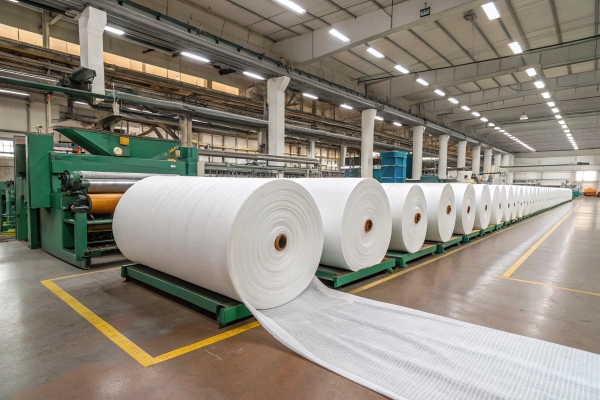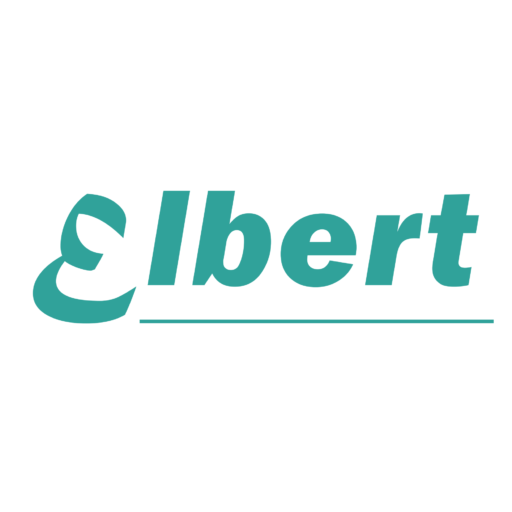What does non-woven mean?

Non-woven fabrics are versatile and widely used, yet their definition remains unclear for many. Understanding their characteristics can help you make better material choices.
Non-woven fabrics are textiles made without weaving or knitting, using chemical, thermal, or mechanical bonding methods. They are lightweight, durable, and ideal for various applications.
Non-wovens are transforming industries by offering affordable, efficient alternatives to traditional fabrics. Let’s explore their benefits, examples, and potential drawbacks.
Which is better woven or nonwoven?

The debate between woven and non-woven fabrics depends on your needs. Both have unique qualities, but which one is superior?
Non-woven fabrics are better for single-use applications like medical masks, while woven fabrics excel in durability and repeated use for apparel and upholstery.
Non-woven fabrics are manufactured using short-staple fibers or filaments bonded together. This gives them a distinct advantage in cost and production speed. Here’s a deeper dive into their comparison:
Strength and Durability
Woven fabrics have interlaced fibers, making them stronger and more resilient for long-term use. Non-wovens, however, are ideal for disposable or lightweight products where strength is secondary.
| Feature | Woven | Non-Woven |
|---|---|---|
| Strength | High | Moderate |
| Reusability | Reusable | Often single-use |
| Production Speed | Slower | Faster |
While woven fabrics are superior for durability, non-wovens lead in efficiency and cost, making them better for short-term or high-volume needs.
What is an example of a non-woven fabric?

You encounter non-woven fabrics daily, yet their presence often goes unnoticed. So, what are some common examples?
A well-known example of non-woven fabric is polypropylene, widely used in items like surgical masks, disposable wipes, and tote bags.
Non-woven materials come in various types, each suited to specific applications. Let’s break down a few examples and their uses:
Common Non-Woven Types and Uses
- Polypropylene (PP): Used in hygiene products, surgical masks, and reusable shopping bags.
- Polyester (PET): Found in geotextiles, automotive interiors, and insulation.
- Spunlace: A popular choice for wet wipes and cleaning cloths.
- Needle-punched: Used in filtration materials and carpet underlays.
Non-woven fabrics are designed to perform specific tasks efficiently, showcasing their adaptability across industries.
What are the disadvantages of non-woven fabrics?

Non-woven fabrics are practical, but they are not without flaws. What are their potential drawbacks?
The primary disadvantages of non-woven fabrics include lower durability, limited reusability, and susceptibility to damage compared to woven fabrics.
While non-wovens are beneficial in many ways, their limitations are worth noting:
Key Disadvantages of Non-Woven Fabrics
- Lower Strength: Non-wovens often tear or wear out faster, especially under strain.
- Limited Aesthetic Appeal: They lack the refined appearance of woven or knitted fabrics.
- Environmental Concerns: Single-use non-wovens contribute to waste unless biodegradable options are used.
- Limited Customization: Their structure doesn’t allow the intricate patterns achievable with weaving.
These drawbacks make non-wovens less suitable for applications requiring long-term use or high customization.
Why is non-woven fabric good?

Non-wovens have gained immense popularity, but what makes them such a good choice?
Non-woven fabrics are valued for their cost-effectiveness, versatility, and suitability for disposable and lightweight applications.
The benefits of non-wovens outweigh their disadvantages in many scenarios. Let’s explore their advantages in detail:
Benefits of Non-Woven Fabrics
- Cost-Effective Production: High-speed manufacturing reduces costs significantly.
- Lightweight and Portable: Perfect for products like medical masks and wipes.
- Customizable Properties: Their characteristics, such as water resistance or absorbency, can be tailored for specific uses.
- Eco-Friendly Options: Biodegradable non-wovens are available, offering sustainable solutions.
Non-woven fabrics are versatile and meet diverse industry needs, making them indispensable in today’s market.
Conclusion
Non-woven fabrics are innovative materials offering lightweight, cost-effective, and customizable solutions. While they have limitations, their benefits make them ideal for disposable and high-volume applications. Understanding these materials will help you make better decisions for your projects.

